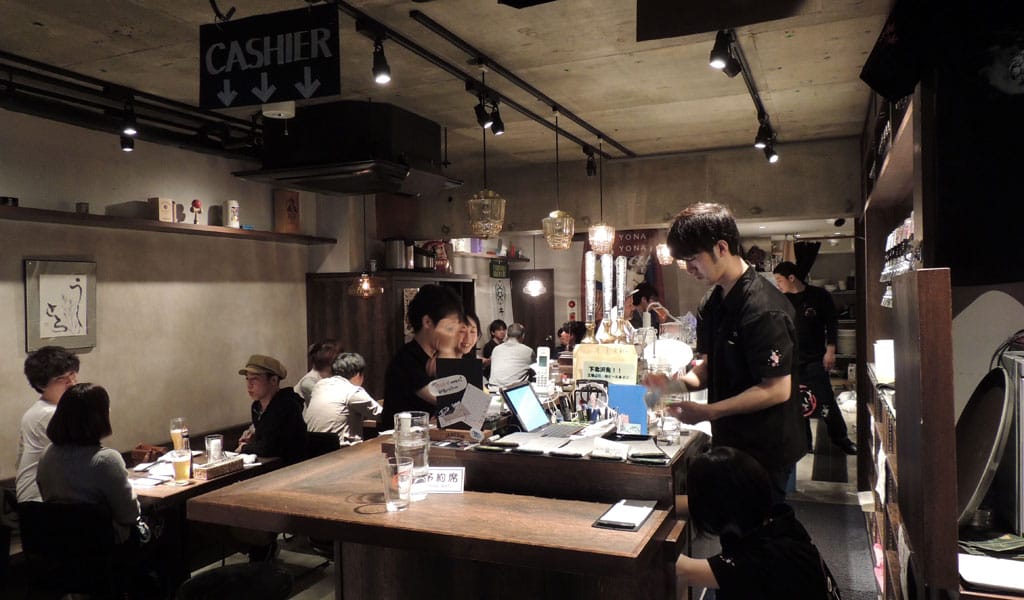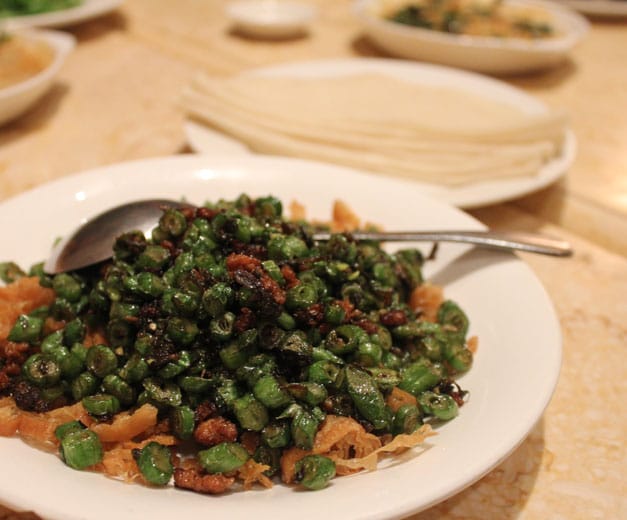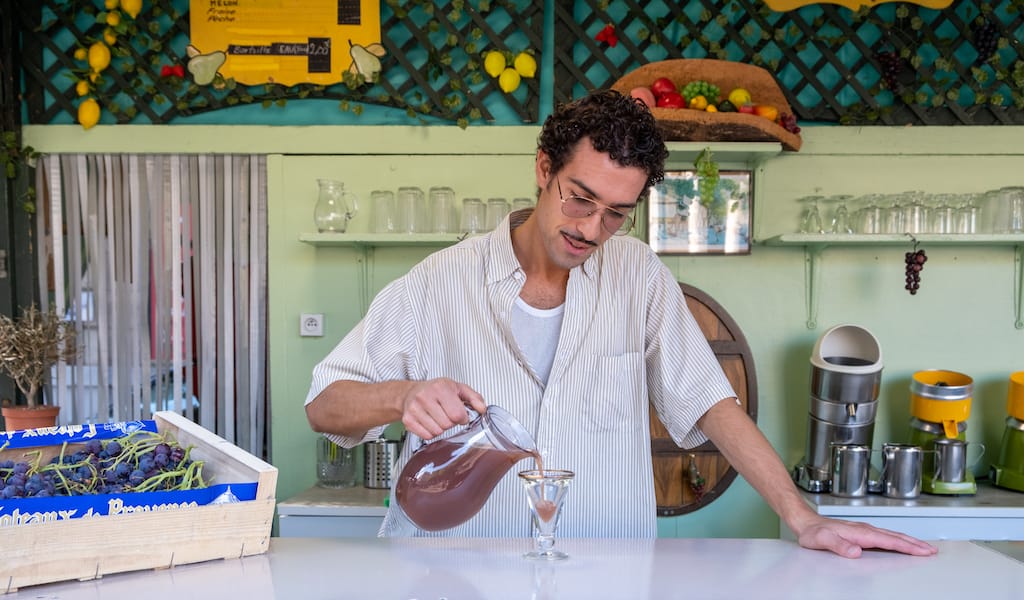When Japan’s last shogun ceded control of the country in 1868 and a centuries-old closed-door policy was reversed, foreign influences on the country grew from a trickle to a steady stream. Foreign residents were confined to restricted living areas, one of the largest one being in Yokohama, just south of Tokyo.
Capitalizing on their fellow expatriates’ homesickness, some enterprising Westerners began importing or even brewing beer. In fact, the brewery that would become Kirin, one of Japan’s most ubiquitous tipples, was founded by a Norwegian by way of America in 1869 or 1870.
As a domestic market for beer emerged, the Meiji government sent fledgling brewers to train in Germany and elsewhere, as well as brought in American advisors to help grow the industry. The German brewing tradition ruled the day, and as the century turned, German beer halls became all the rage in Tokyo.
Over the course of the 20th century, the brewing industry in Japan would wax and wane, though the beverage never went completely out of style. Simple nama-biiru (draft beer) remains a standard libation across Japan, and with the relaxation of brewing laws in the mid-1990s, more small-scale breweries were able to enter the market. The craft beer scene has been growing steadily – with its fair share of spurts – for over two decades.
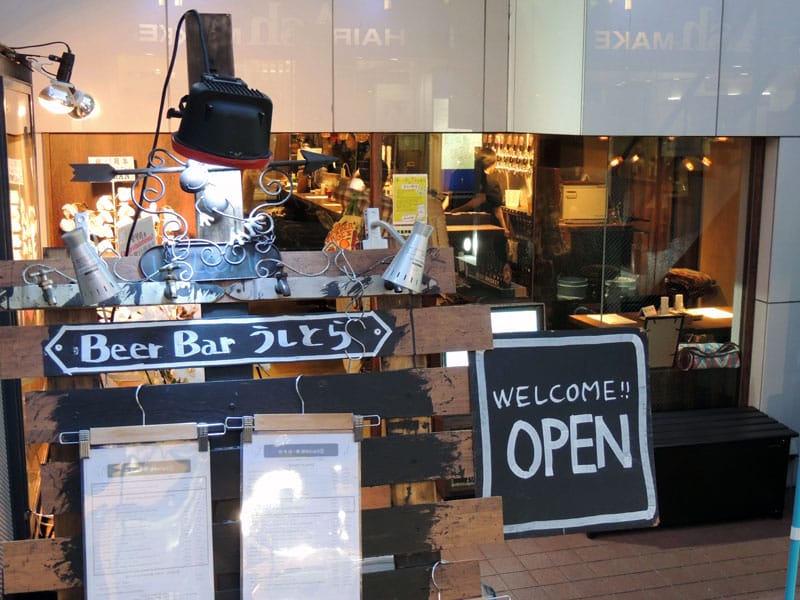
At present, there are over 100 bars in Tokyo specializing in craft beer, either domestic, imports or a blend of both. Due to Tokyo’s premium real-estate values, most of the nation’s craft breweries set up shop outside the city, and the number of true brewpubs can be counted on one or two hands.
Ushitora may not be one of them, but it does brew its own beer in Tochigi Prefecture, just north of Tokyo, to sell in the bar and restaurant in the trendy Shimokitazawa neighborhood in the city’s western reaches. Originally a simple – but superb – beer bar, Ushitora began brewing its own beer in 2014 and has charted its progress by numbering every new brew. On our last visit, we noted that the count had reach #165, an American IPA. Perusing the beer menu, which includes 22 rotating taps and three hand pumps, we settled on a pint of #164, the Hyakka Ryoran Kamen, an Imperial Pale Lager that was clear and refreshing, with hints of citrus and lemongrass. It was still early in the evening and quiet, but from experience we knew that would change.
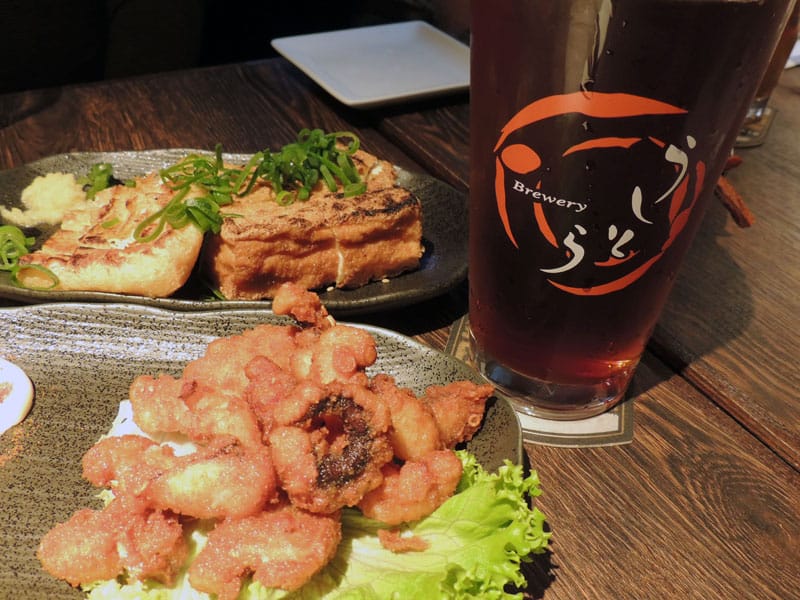
Among all the beer bars in Tokyo, Ushitora is the best of all worlds. In addition to its own beers, Ushitora pours some from Japan’s best breweries as well as pedigreed foreign imports, everything from Japanese craft favorites like Ise Kadoya and Kyoto Brewing to imports like Firestone Walker and BFM. But the quality doesn’t stop with the beer. Otherwise, we wouldn’t be there. Ushitora dishes up some of the best Japanese pub fare in Tokyo. Most plates are small, designed to enhance the beer and be enjoyed with good company. As we sipped a fresh Saison, we snacked on succulent fried octopus and crispy fried tofu, chili-spiced burdock and dried daikon in sesame dressing.
Crowds cycled in and out as we whiled away the hours, trying in vain to work our way through the entire tap list and menu. Finally, we were ready to throw in the towel, but not before dessert: #158, an American Strong Ale with rich caramel malts and distinct apple notes.
It was just the nightcap we needed.
Published on June 06, 2017
Related stories
October 24, 2014
Shanghai | By Lillian Chou
ShanghaiEditor's note: Our last installment in Mushroom Week comes from Shanghai, where correspondent Lillian Chou delves deep into China's extraordinary mushroom bounty. There’s a light scent but not much taste to the fresh truffle we just picked up from a local Chinese market. On a tea scale it weighs in at 18 grams and is…
March 18, 2015
ShanghaiEditor’s note: We regret to report that Charmant has closed. We’ve mentioned Charmant before on Culinary Backstreets, giving it a nod for its night-owl dining opportunities (it closes at 2 a.m.). But this restaurant tastes good all day long and has something going for it that few Shanghai restaurants have: consistency. After more than seven…
September 20, 2023
MarseilleWhen the Phocaeans founded Marseille in 6th century B.C., these ancient Greek explorers launched France’s long history with wine production and consumption. In the 1930s, southern France became famous for another kind of grape juice. In the southwestern town of Moissac, home of the Chasselas grape, Dr. Armand Rouanet touted the amazing health benefits of…







































